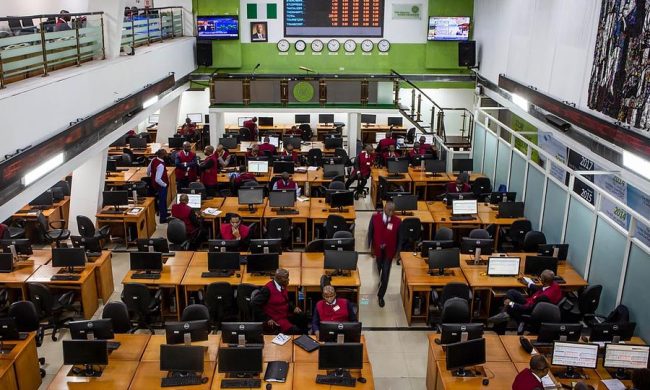Oil prices tumbled in the latter part of Monday,October 17, weighed by oversupply concerns, with a spike in trade volume driving U.S prices below $50, but losses were limited amid a projected drop in American shale output, CNBC reports.
Trades in U.S. crude futures contracts soared to 12,932 barrels during the minute of 9:35 a.m. EDT (1335 GMT), the highest since Oct. 13, as traders sold off contracts ahead of their Oct. 20 expiry date.
Prices rose slightly in the afternoon, as U.S. Energy Information Administration (EIA) showed shale oil production was expected to fall by 30,000 barrels per day (bdp) in November.
International benchmark Brent crude LCOc1 fell 43 cents, or 0.8 percent, from the last settlement to close at $51.52 per barrel, after hitting a session low of $51.16 a barrel.
U.S. West Texas Intermediate (WTI) closed at $49.94 per barrel, down 41 cents, or 0.8 percent, after hitting a session low of $49.47.
Analysts said traders had accumulated a high number of long positions, and were looking to sell ahead of their contracts’ expiry date as the U.S. Commodity Futures Trading Commission limits the number they can hold.
“There was a huge net speculative long position,” said Kyle Cooper, analyst at ION Energy in Houston. “You do have to get out of positions.”
Data from energy monitoring service Genscape showed a draw in crude stockpiles at the storage hub in Cushing, Oklahoma.
But traders said WTI was still under pressure from a report on Friday by oil services provider Baker Hughes, which showed U.S. drillers added four rigs in the week to Oct. 14.
Donald Morton, who runs an energy-trading desk at Herbert J. Sims & Co in Fairfield, Connecticut, said the projected decline in U.S. shale production bumped the market only slightly.
“It wasn’t a game changer for the day,” he said. “We rallied 25 cents a barrel, only to give it back for the most part.”
Analysts said that while the market was supported by expectations that members of the Organization of the Petroleum Exporting Countries (OPEC) would take action to support prices late next month, oversupply continued to weigh.













